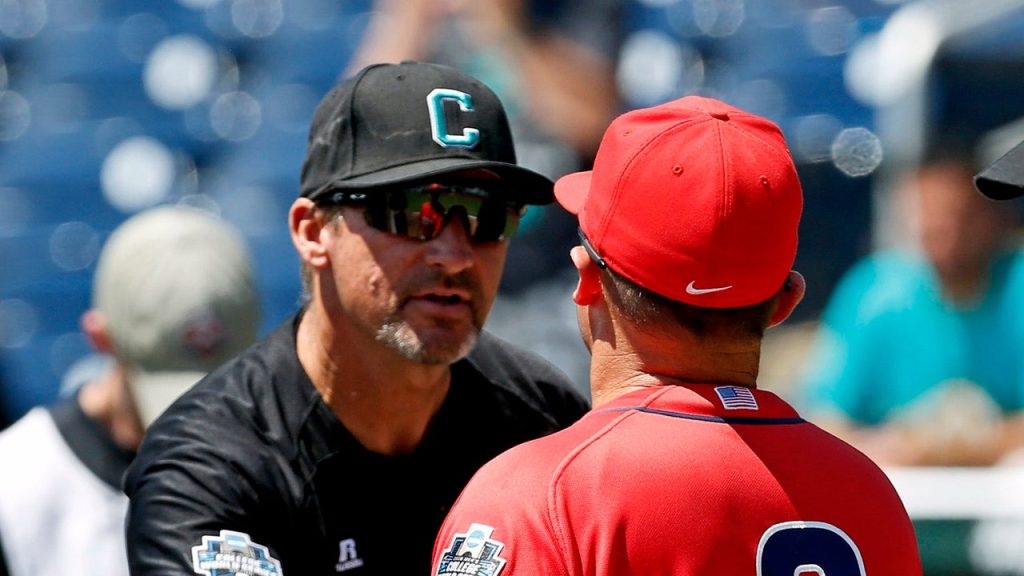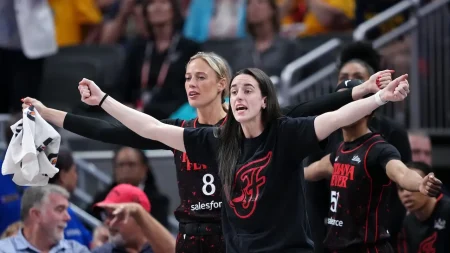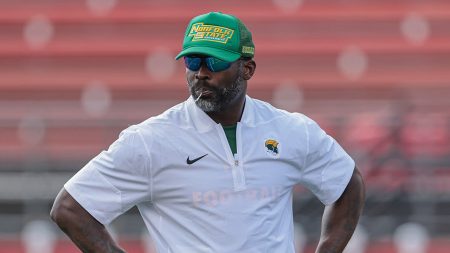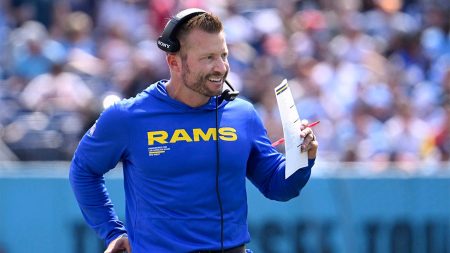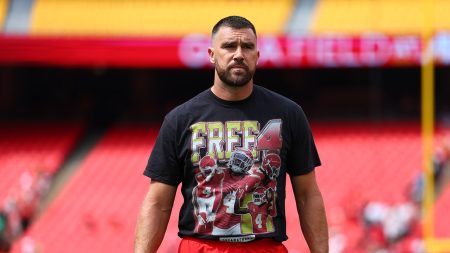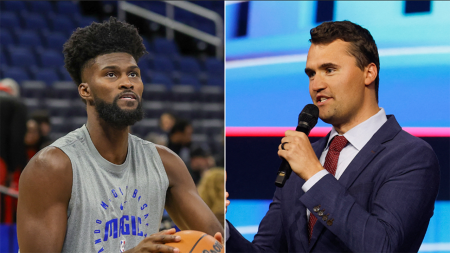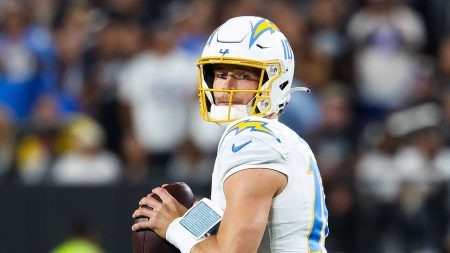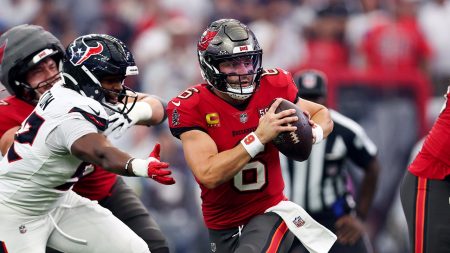The Coastal Carolina Chanticleers’ baseball season ended with a loss to the High Point Panthers in the NCAA Tournament, marking the end of head coach Gary Gilmore’s legendary career. Gilmore, who had been with Coastal Carolina since 1996, expressed frustration with the current system of name, image, and likeness (NIL) in NCAA sports, likening it to chaos in professional sports. He criticized the lack of a level playing field and the disparity in the amount of NIL money being given by different teams. Gilmore called for a better system with more oversight and structure to avoid potential issues seen in professional leagues.
In a recent development, the NCAA has agreed to allow its Power Five conferences to pay players directly. This revenue-sharing plan would permit each school to share up to around $20 million per year with its athletes. The Power Five conferences have all voted to accept the terms of the agreement with the NCAA, which would allow schools to share a percentage of their revenues with athletes playing any Division I sport. As college revenues continue to rise, the benefits and payments to athletes are expected to increase over time, making it one of the largest antitrust class-action settlements in history.
The settlement agreement includes scholarships, third-party NIL payments, healthcare, and other benefits for college athletes, in addition to the new payments and benefits shared with them. The total value of the payments and benefits that may be provided to college athletes over the 10-year settlement period is estimated to exceed $20 billion. This signifies a significant shift in the compensation and support available to student-athletes, reflecting the changing landscape of collegiate athletics amidst growing revenue streams and increased scrutiny on athlete compensation.
As the NCAA moves towards more direct payment to athletes and increased benefits, the college sports landscape is undergoing significant changes. With the potential for billions of dollars in new payments and benefits to be shared with college athletes over the coming decade, the impact on the industry and the experiences of student-athletes could be transformative. It remains to be seen how schools and conferences will navigate these changes, as they seek to balance the financial implications with the long-term welfare and development of their student-athletes.
The debate over NIL rights and athlete compensation in college sports is ongoing, with stakeholders continuing to push for reform and improved conditions for student-athletes. While the NCAA’s decision to allow Power Five conferences to pay players directly represents a significant step forward, questions remain about the fairness and sustainability of the new system. As college sports evolve and adapt to changing norms and expectations, it is crucial for all parties involved to prioritize the well-being and interests of the student-athletes, who are at the center of these discussions and decisions.
The end of Gary Gilmore’s coaching career at Coastal Carolina and his critique of the current NIL system in NCAA sports serve as a reminder of the challenges and complexities facing college athletics today. As the landscape continues to shift, with new regulations, compensation models, and revenue-sharing agreements, the future of collegiate sports remains uncertain. However, amidst these changes, there is an opportunity for progress and improvement, as stakeholders work together to create a more equitable and sustainable system that benefits both the athletes and the institutions they represent.




